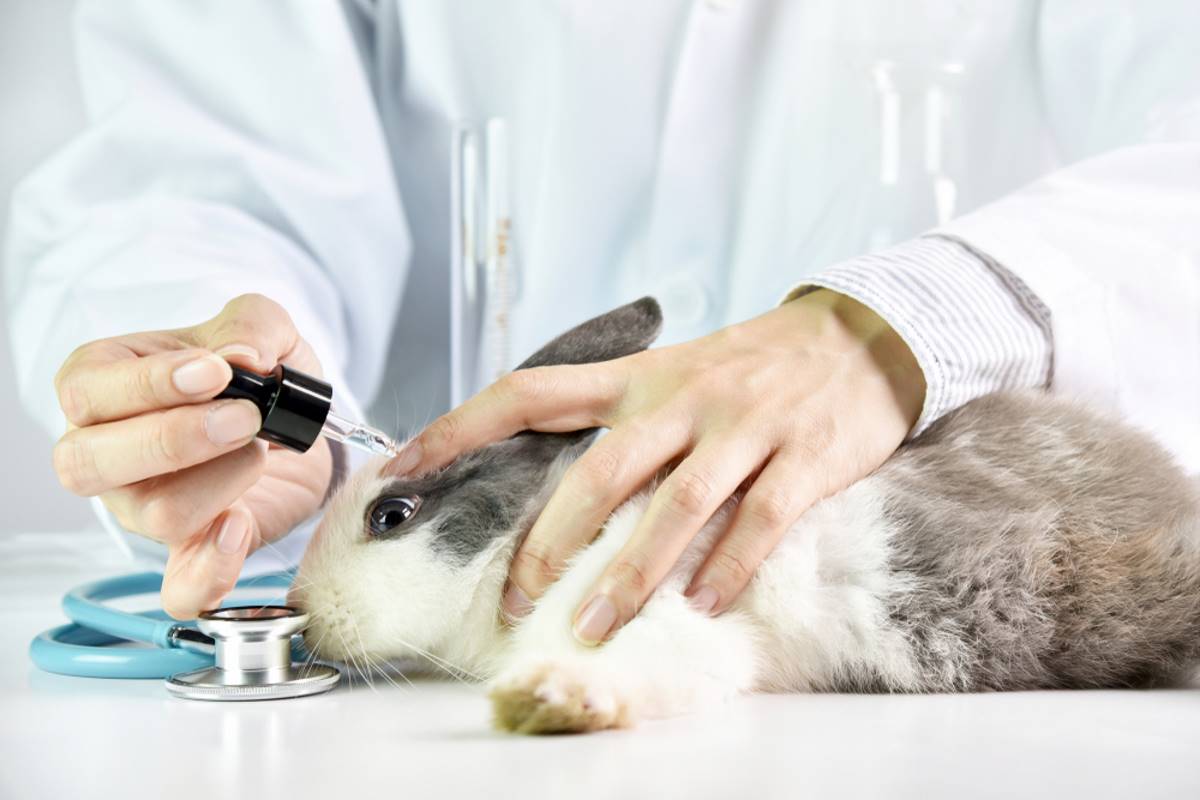According to the latest regulatory updates proposed by the FDA, some ingredients contained in sunscreens could soon be tested on animals again in America.

Sunscreens have been regarded as over-the-counter (OTC) drugs by the United States Food and Drug Administration (FDA) since the 1970s. However, recent regulatory proposals brought them back into focus again, particularly when it comes to animal testing for certain of their chemical ingredients.
In 2019, the FDA proposed a rule for sunscreen regulation that would modernize conditions for active ingredients, SPF upper limits, broad-spectrum protection (against UVA and UVB radiation), and dosage forms (creams, lotions, or sprays, for instance).
Now, the FDA’s new proposal for regulatory updates has reignited controversy in the U.S. regarding animal testing of some ingredients of sunscreens.
U.S. laws currently do not have an express ban on animal testing, unlike in most European countries. In its effort to tighten safety guidelines, the FDA is considering requiring additional testing, including animal testing, for some sunscreen ingredients with insufficient safety data by alternative methods.
The agency states that its primary goal is to “prevent risks to consumers,” especially in a rapidly evolving business driven by new formulations and technological advances.
What animal rights activists say and alternatives to animal testing
Predictably, animal rights organizations, like PETA, have decried what they consider a “backslide” into animal testing. These organizations contend that scientific technology in recent years has rendered such testing obsolete. In vitro methods, computer models, and imaging technologies now yield precise results without the ethical encumbrance of animal testing.
Valid alternatives already exist, such as cell culture techniques and 3D models, which allow for toxicity and skin absorption testing to be conducted without the use of animals.
Defenders of the FDA’s policy shift retort that, in some cases, data from alternative methods may not yet be fully verified to ensure absolute consumer safety. So, the FDA believes that animal testing may remain an unavoidable verification tool in some cases—at least until alternative methods reach the same level of reliability.
The FDA’s proposed regulatory changes bring about a broader debate that transcends cosmetic safety. It is a moral and scientific dilemma: how can consumer protection be reconciled with the responsibility to consider animal life and welfare?
